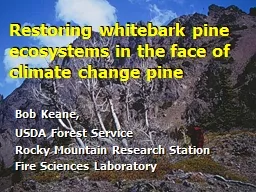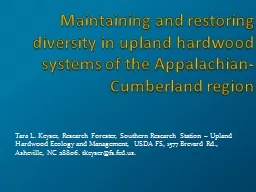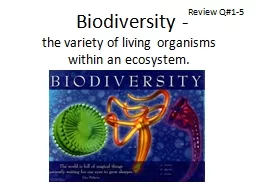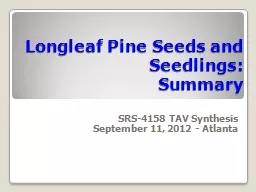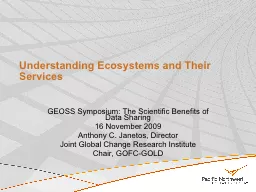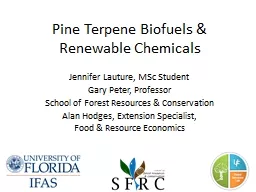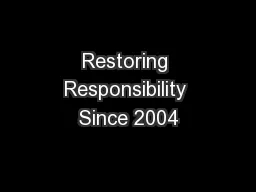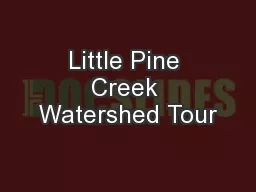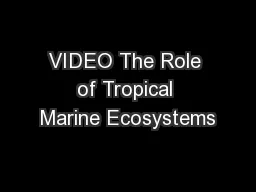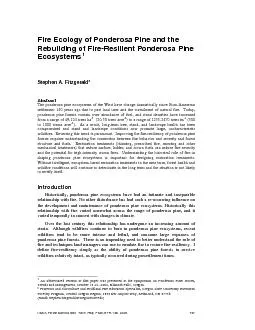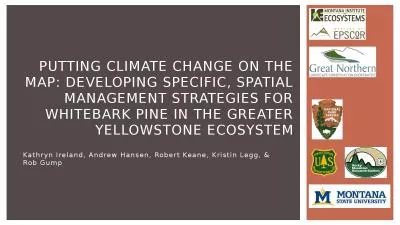PPT-Restoring whitebark pine ecosystems in the face of climate
Author : trish-goza | Published Date : 2016-12-11
Bob Keane USDA Forest Service Rocky Mountain Research Station Fire Sciences Laboratory Whitebark Pine Ecosystems Keystone and Foundation Species Covers over 15
Presentation Embed Code
Download Presentation
Download Presentation The PPT/PDF document "Restoring whitebark pine ecosystems in t..." is the property of its rightful owner. Permission is granted to download and print the materials on this website for personal, non-commercial use only, and to display it on your personal computer provided you do not modify the materials and that you retain all copyright notices contained in the materials. By downloading content from our website, you accept the terms of this agreement.
Restoring whitebark pine ecosystems in the face of climate: Transcript
Download Rules Of Document
"Restoring whitebark pine ecosystems in the face of climate"The content belongs to its owner. You may download and print it for personal use, without modification, and keep all copyright notices. By downloading, you agree to these terms.
Related Documents

